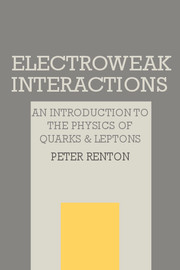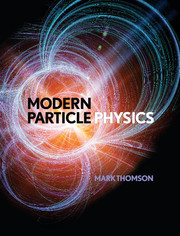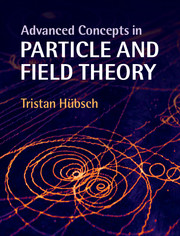Electroweak Interactions
This book describes the theory of electroweak interactions, starting from a level understandable to students with only a first degree in physics. This theory, the Glashow–Salam–Weinberg (GSW) model, unifies the weak and electromagnetic forces of nature and gives a detailed description of the interactions between quarks and leptons, the basic building blocks of matter. The various experimental tests of the model that have been made and that are planned are described in detail, with reference to the fact that all results obtained so far are in agreement with the model. The interactions of quarks by the strong force, the theory of quantum chromodynamics, are also discussed. The GSW model, together with quantum chromodynamics, constitute the so-called 'standard model'. Theories proposing further unification of the forces of nature are outlined. This is a rapidly moving subject, and this up-to-date book will be of great value to researchers and beginning graduate students in high energy physics.
Reviews & endorsements
"...an extremely valuable compendium of standard-model results and is strongly recommended as a reference to active researchers and to students and teachers of high-energy physics at the graduate level." Physics Today
Product details
February 1990Paperback
9780521366922
612 pages
230 × 152 × 39 mm
0.97kg
Available
Table of Contents
- Preface
- 1. Introduction
- 2. Towards a quantum field theory
- 3. Wave equations, propagators and fields
- 4. Quantum electrodynamics
- 5. From Fermi theory to standard model
- 6. Purely leptonic interactions
- 7. Deep inelastic scattering and quantum chromodynamics
- 8. Weak hadronic currents, electroweak interference effects
- 9. Quark and lepton oscillations
- 10. The standard model and beyond
- Appendixes
- References
- Index.





